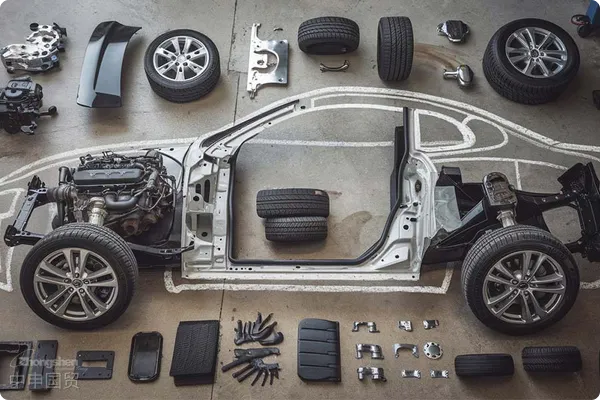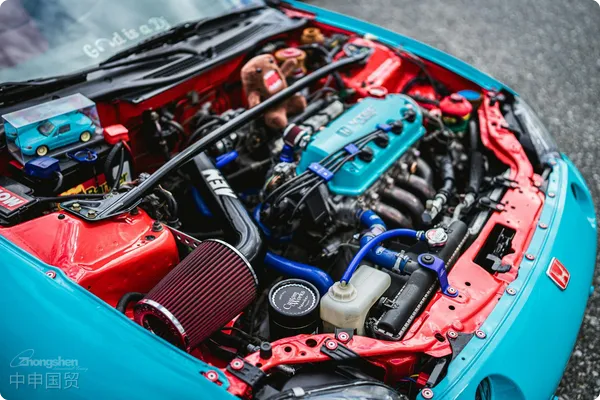- Shanghai Zhongshen International Trade Co., Ltd. - Two decades of trade agency expertise.
- Service Hotline: 139 1787 2118
The automotive industry is one of the pillars of the global economy. With the deepening of globalization, automotive exports have become a key strategy for major automobile-producing countries. Particularly for China, automotive exports have seen continuous growth in recent years. In 2022, Chinas automotive exports reached 3.4 million units, a 55% year-on-year increase, surpassing Germany for the first time to become the worlds second-largest automotive exporter. So, for Chinese automotive companies looking to export to the U.S. market, what certification requirements must they meet?
I. Safety Certification
(1) DOT Certification
(a) Overview:The DOT certification system began in 1968, where vehicle manufacturers self-certify compliance with the Federal Motor Vehicle Safety Standards (FMVSS), with the government conducting post-market supervision.
(b) Certification Basis:The Federal Motor Vehicle Safety Standards (FMVSS) are included in Part 571 of Title 49 of the Code of Federal Regulations (CFR), formulated and implemented by the National Highway Traffic Safety Administration (NHTSA) under the U.S. Department of Transportation.
FMVSS 100 series: Preventing vehicle traffic accidents, i.e., automotive active safety, totaling 31 items;
2) FMVSS 200 Series: Reducing driver and passenger injuries during accidents, i.e., automotive passive safety, totaling 29 items;
3) FMVSS 300 Series: Fire prevention, totaling 5 items;
4) FMVSS 400 Series: Totaling 3 items;
5) FMVSS 500 series: 1 item in total.
(2) U.S. Motor Vehicle Theft Prevention Technical Regulations
(a) Motor Vehicle Theft Prevention Act Implementation Order
(b) U.S. Code (originally the Motor Vehicle Information and Cost Savings Act)
(3) U.S. Motor Vehicle Import Management Regulations
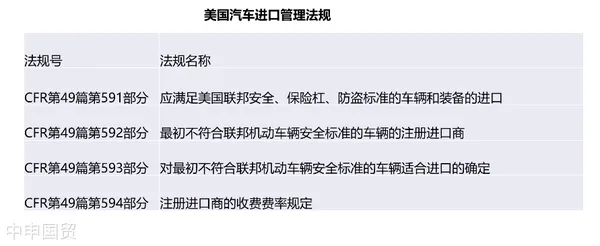
(4) U.S. Motor Vehicle Certification Authorities
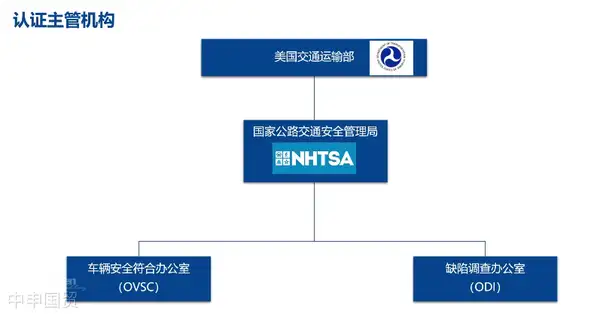
(5) DOT Certification Process
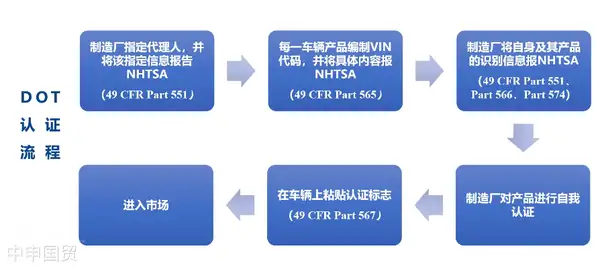
II. Environmental Certification
(1) EPA Certification Overview: Implemented by the U.S. Environmental Protection Agency (EPA).
(2) EPA Certification Basis: Under the authority of the U.S. Noise Control Act and Clean Air Act, the EPA has established automotive technical regulations for emissions and noise.
(3) Certification Authority: U.S. Environmental Protection Agency (EPA) and Office of Transportation and Air Quality (OATQ).
(4) EPA Certification Process
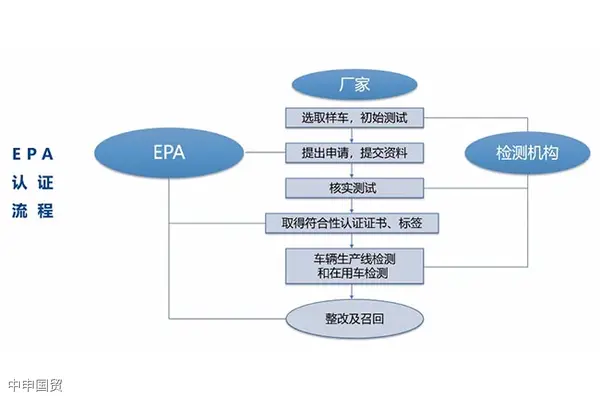
The United States is one of the countries with the strictest regulations on motor vehicles, having established a relatively comprehensive automotive recall system with a series of regulatory requirements. Therefore, when exporting automobiles, it is essential to thoroughly study the relevant laws and regulations to avoid unnecessary losses.
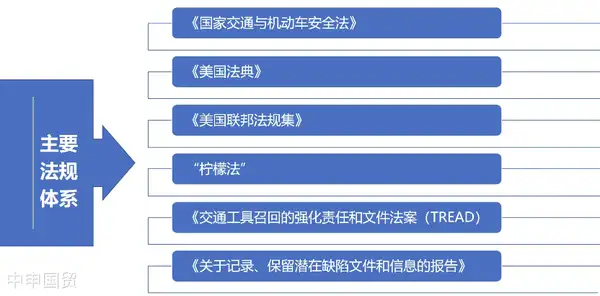
Related Recommendations
Category case
Contact Us
Email: service@sh-zhongshen.com
Related Recommendations
Contact via WeChat

? 2025. All Rights Reserved. 滬ICP備2023007705號-2  PSB Record: Shanghai No.31011502009912
PSB Record: Shanghai No.31011502009912

